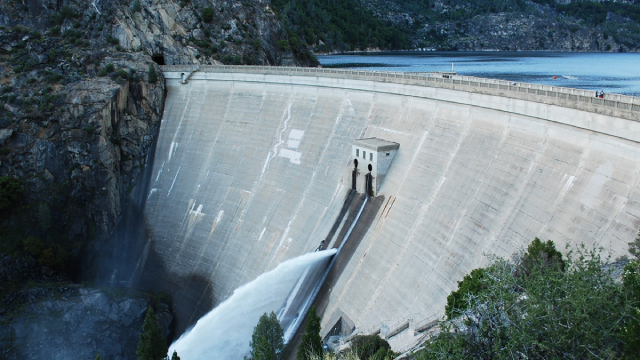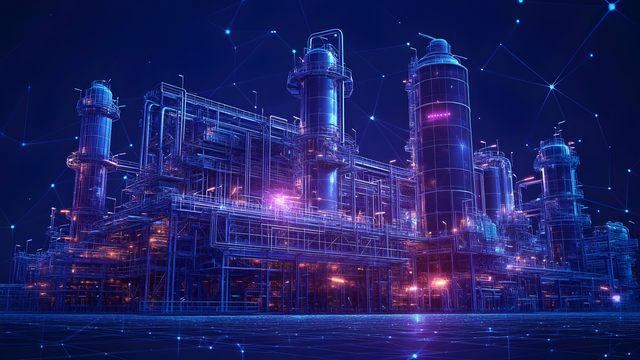Economies across Asia Pacific are increasing their renewable energy generation to achieve energy independence and reduce carbon emissions; natural gas, as a fuel for flexible and baseload generation, still has a part to play, however.
To address current technological issues around variability and long-term storage, and the desire to enhance grid reliability and resilience, our new eBook, Natural Gas: An Energy Transition Fuel for Asia Pacific, proposes that a mix of generation solutions, including natural gas, is the best course of action to realize the low-carbon energy economy for many nations throughout the region.
With many liquified natural gas (LNG) importing countries in Asia constrained by land or capital for land-based facilities, floating LNG (FLNG) liquefaction facilities and floating storage and regasification units (FSRUs) are seen as key optimization options to complement existing onshore assets, with a view to replacing them in the future.
FLNG and FSRU facilities can function as alternative and proven delivery mechanisms to accelerate production and monetize gas fields, or expedite the importation of new gas supplies, meeting project requirements with less investment.
FLNG vessels are bankable and re-deployable solutions that offer more flexibility and enable the monetization of smaller and mid-sized natural gas fields as well as gas in remote areas and underdeveloped markets.
FSRUs, like FLNG vessels, can either be brand new vessels or converted LNG carriers. Moving the regasification unit onboard a vessel avoids the extensive process of building a land-based LNG terminal, which reduces cost and shortens the schedule.
Download the Natural Gas: An Energy Transition Fuel for Asia Pacific eBook to find out how applying a modular approach to FLNG and FSRU facility design and construction can further expedite their developments.








